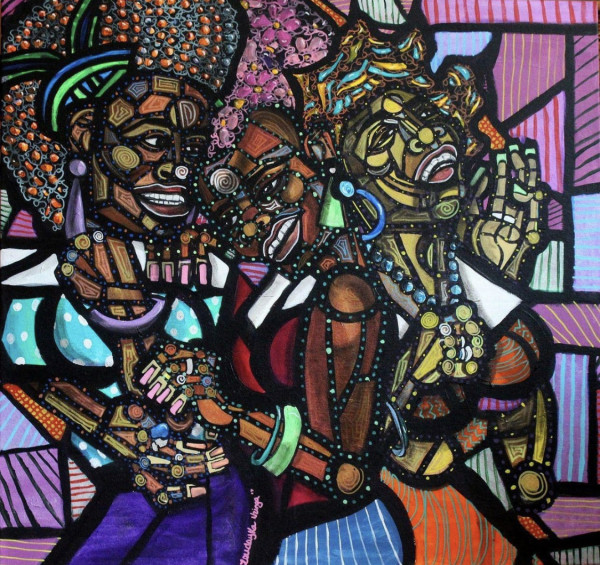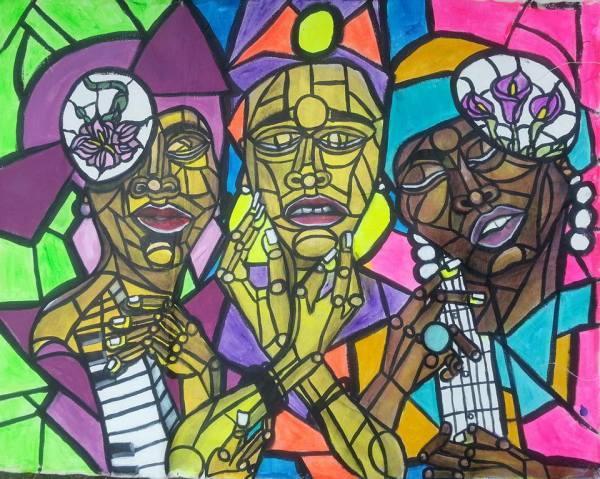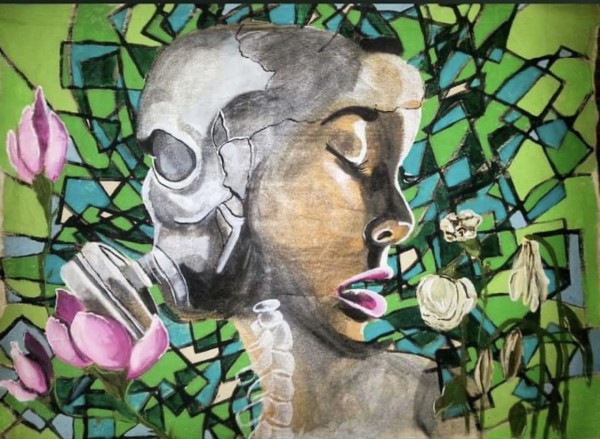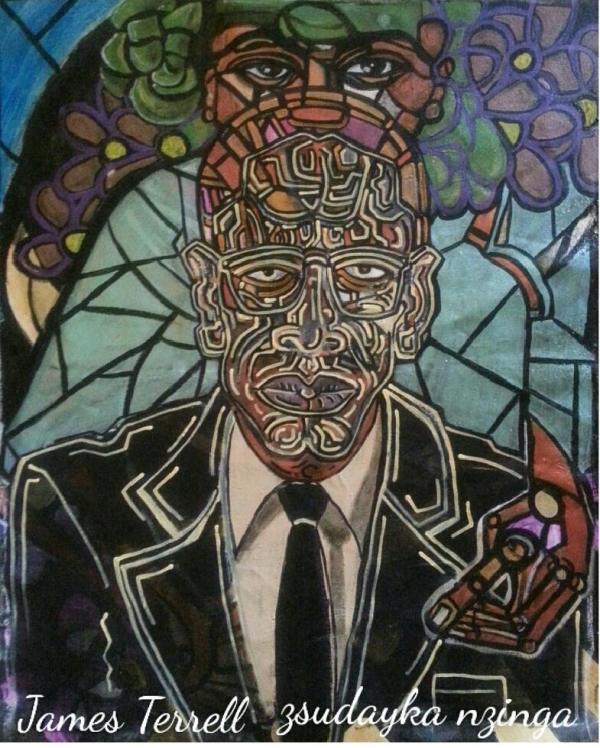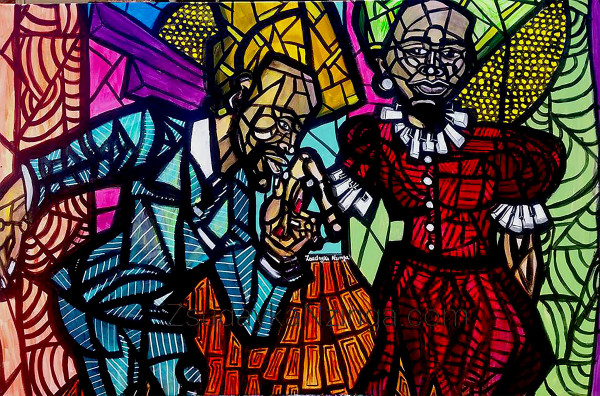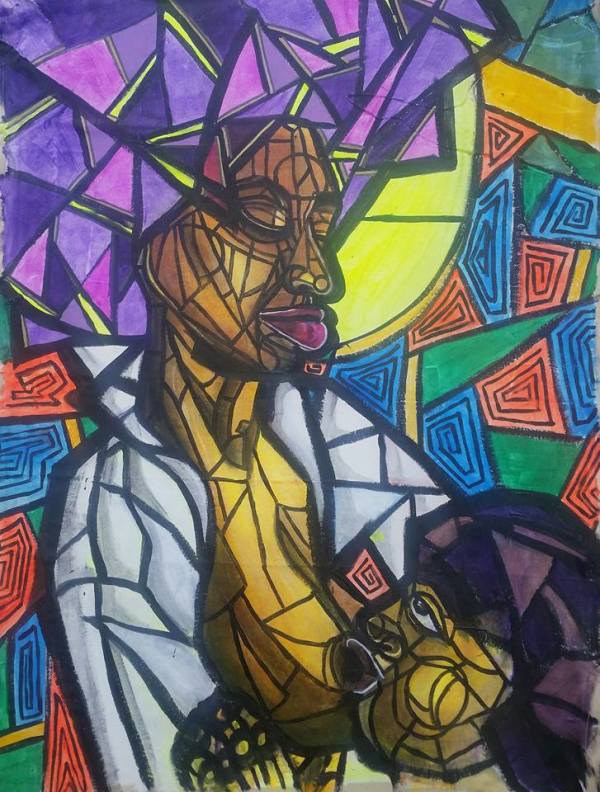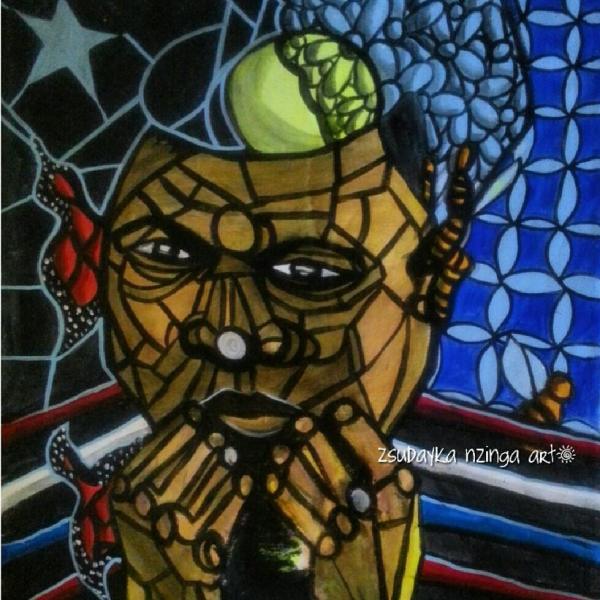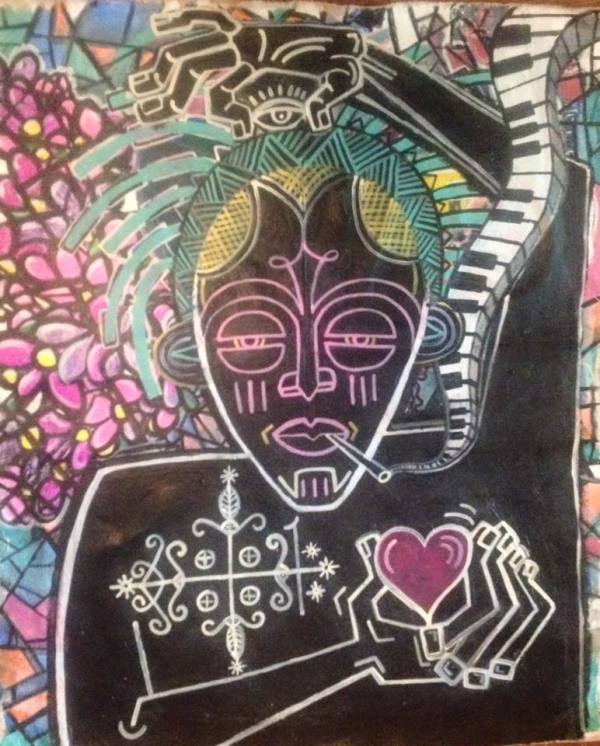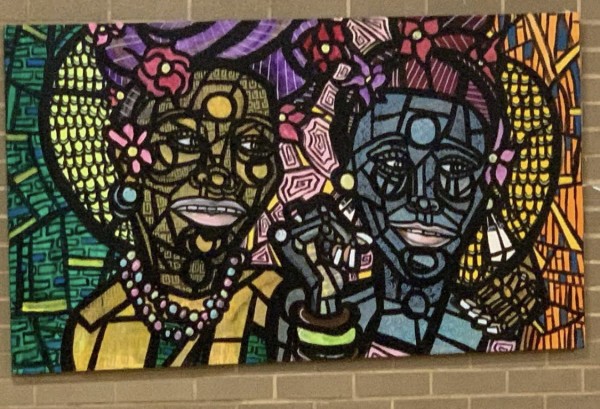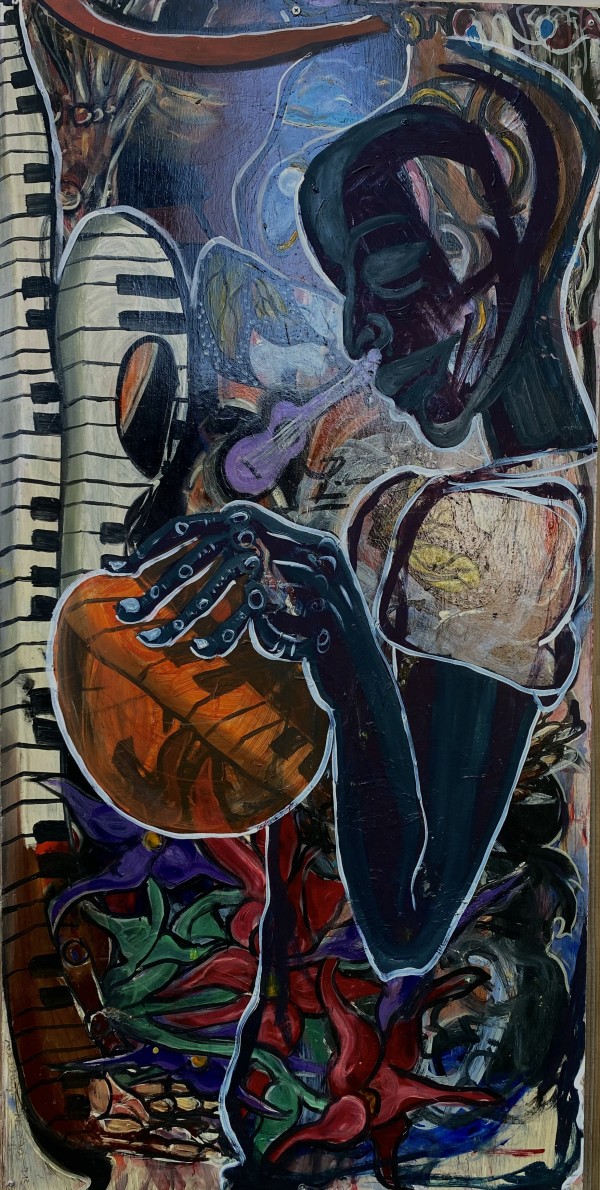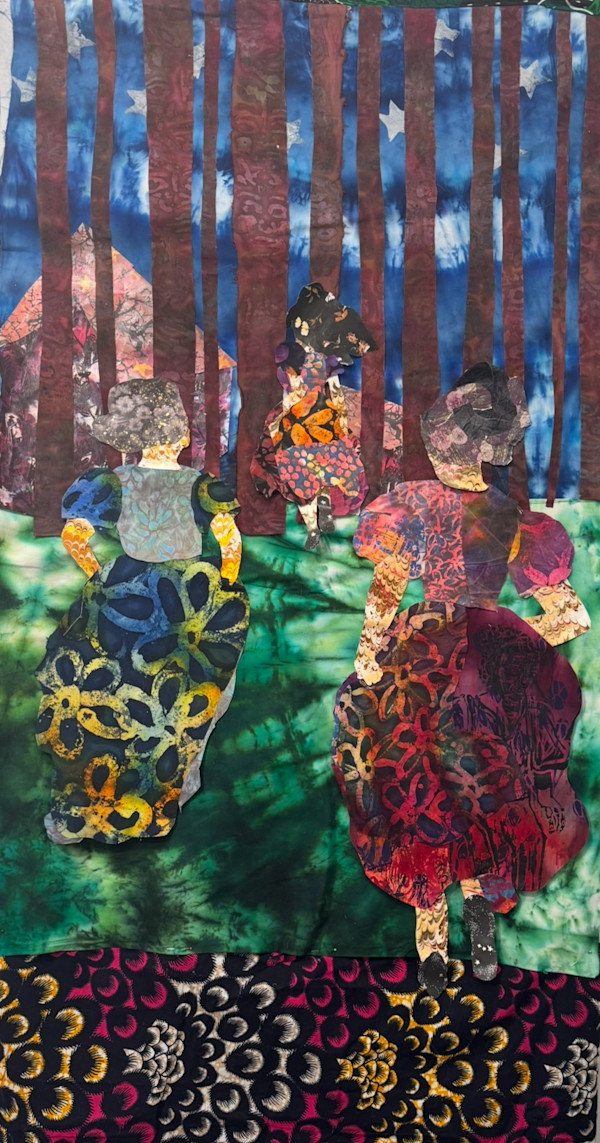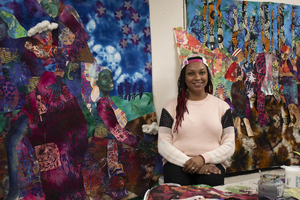
Zsudayka Nzinga
Washington, dc
Zsudayka Nzinga is a multi-disciplinary fine artist, curator and educator from Denver, CO living in Washington, DC.
MessageI employ various hand-dying and printmaking methods to create images that examine the history of American labor practices and their impact on Black bodies over time, rendered on a range of textile fabrics and multiple types of paper. I’m interested in the way a printed image can activate a space. Each of the images is connected to an agreed-upon historical symbol or item related to Black historical lexicons. The foundation of my textiles is the plants. Florals used in companion growing, crops that have historically been crucial to Black Americans for food, healthcare, and self-defense, were often plants used against those seeking freedom. These plants and animals helped enslaved people earn money to buy property and liberty while also serving as witnesses to history, forming the foundation of each fabric. But overlaid on that history are also images of historical racism, such as Klan members or a lynched family. These items contribute to continued labor oppression through the prison industrial complex, including weapons, drugs, and items that poison our community, like alcohol.
Alongside linocut and wood relief cut carved prints, I make hand-painted silk screens of these iconic images from embroidery hoops and stretcher bars. I reuse images in different color combinations and in various combinations of symbolic language to explore the connected relationship over time between these same symbols. I like to think of textile dyeing as part of my cultural inheritance, deeply tied to the agricultural expertise we developed as the workers of the land. My work is Afro-futuristic and invites informed escape, as I lean into radical Black imagination and bend space and time through composition to demonstrate the constancy of experiences of labor-based oppression and how they reconstruct themselves through history.
My works are collage tapestries meant to be in conversation with the cultural practice of hand-assembled artworks. From the rich culture of the Gullah Geechee to Harriet Tubman to Louis Armstrong, assemblage has been a powerful means by which Black stories are told and passed down over time. Through critical fabulation, the physical pieces seek to exist as historical items telling untold stories of Black rest.
Powered by Artwork Archive
